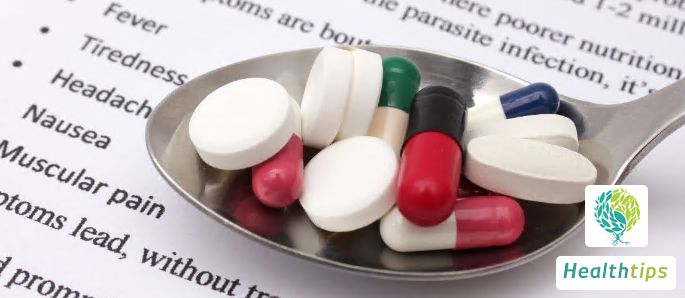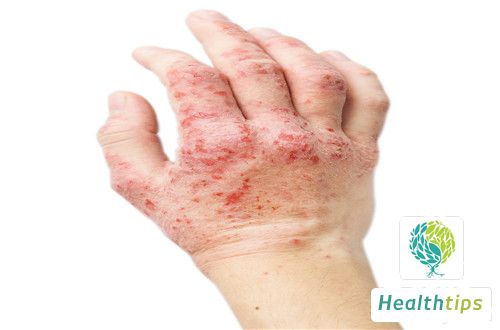Is Thread-Embedding Therapy Painful?
Thread ligation therapy utilizes the mechanical compression of rubber bands or corrosive medicinal threads to cause blood circulation disorders and necrosis at the ligation site, thereby slowly cutting open anal fistulas. Fibrosis caused by inflammatory reactions allows the severed muscles to adhere to the surrounding tissues and gradually heal, which can also prevent fecal incontinence. Generally, the pain is relatively minor.

Thread ligation therapy is suitable for anal fistulas that involve partial or most of the sphincter muscles. Using threads can avoid anal incontinence and can be used as an auxiliary method for complex anal fistula incision or resection therapy. Long-term thread ligation is used for the treatment of external fistulas of the sphincter in patients with Crohn's disease, with an average duration of over one year. The main purpose is drainage to prevent abscess formation. Thread ligation therapy has minimal trauma and quick recovery, usually performed under anesthesia, with minimal pain.
1. Patients with anal fistulas treated with thread ligation therapy must pay attention to prevent infections. Once an infection occurs, the patient's discomfort will increase, and it will not be beneficial for treating the symptoms of anal fistulas. It may even exacerbate the symptoms of anal fistulas.
2. Patients should pay attention to changing dressings and also sit in a bath for treatment every day. This can effectively control the occurrence of infections in the anal fistula area. If the patient's anal fistula is infected, antibiotics should be used for treatment.
3. After thread ligation therapy, patients should pay attention to controlling their diet every day, avoiding greasy and spicy food that stimulates the stomach. Foods that are easy to cause heat should also be avoided as they can make it difficult to pass stool, affecting the treatment of the patient's anal fistula and increasing discomfort.



















